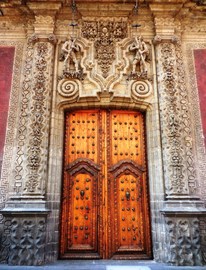 Exploring Mexico City has been on my to-do list for quite some time, so when a friend asked me to join him I was more than ready. It was perfect timing since Mexico City is having its major moment right now. Once maligned for its crime and air pollution Mexico City is cleaning up its act. Revamped public spaces are springing back to life, the culinary scene is exploding and a cultural renaissance is flourishing. With the recent makeovers it unexpectedly feels fresh. Its massive range of art and architecture, featuring pre-Hispanic structures juxtaposed with contemporary 21st century works and an expanding design scene all play a part in transforming Mexico City into the hot destination. 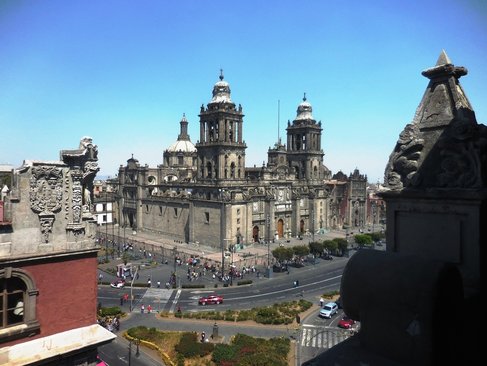 Grabbing lunch from the rooftop of the Best Western Hotel affords great view of the Plaza de la Constitucion and the Metropolitan Cathedral. Grabbing lunch from the rooftop of the Best Western Hotel affords great view of the Plaza de la Constitucion and the Metropolitan Cathedral. Mexico City is one of the world’s largest metropolitan areas with over 20 million inhabitants it exudes with culture and boasts a wealth of architectural and artistic pleasures. Among the pleasures are more than 150 museums. This city is full of electric energy and beautiful chaos. I set out to explore as much as I could in 10 days. Historico Central is the heart of the cities culture, close to everything and easily accessible on foot. The Historic center is focused around the Zócalo or Plaza de la Constitución and extends in all directions for a number of blocks. The Plaza is one of the largest in the world and is surrounded by magnificent designed structures on all four sides. The main focus of the plaza is the beautiful Metropolitan Cathedral on the South end, designed in three architectural styles, Renaissance, Baroque and Neo-classic. The secondary focus is the National Palace on the East side constructed in red volcanic rock and designed in a Baroque style. The National Palace contains Diego Rivera’s famous History of Mexico mural. From the Plaza stretches pedestrian only esplanades all containing wonderful architectural treasures. 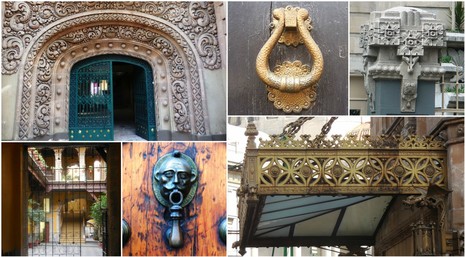 Along the bustling narrow six blocks of Franciso Madero esplanade are great structural gems containing ornate details. Many of the facades are clad with tile or fading plaster. Some house world class restaurants encased in decorative courtyards. The short walkway connects Plaza de la Constitucion on one end to the Palacio de Bella Artes and Alameda Central on the other end. Alameda Central Park is the hub of civic events. Designed with large green gardens and paved paths extending in a starburst pattern all which lead to French design fountains crowned with ornate sculptures. Palacio de Bellas Artes anchors the northeast corner of the park and host theater and opera productions. The building has an Art Nouveau exterior while the interior is done in an Art Deco style. The Palacio contains murals by Diego Rivera as well as other prominent Mexican artist. 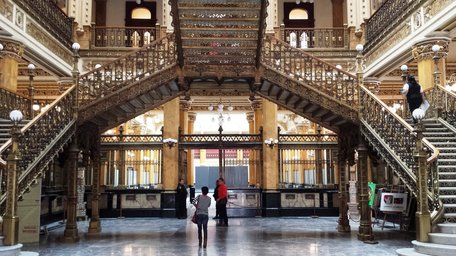 One of my favorite buildings is the beautiful Palacio Postal adjacent to the Palacio de Bella Artes and designed by the same Italian architect, Adamo Boari. The building is still used today as the main post office. The architectural design is highly eclectic and is categorized in a multitude of styles. The exterior is covered in decorative details such as iron dragon light fixtures, carved stone and highly polished brass. The western corner of the park contains Museo Mural Diego Rivera. A museum dedicated purely to house Diego Rivera’s mural Dream of a Sunday Afternoon in the Alameda Central. The mural tells a rich story depicting famous people and events in the history of Mexico, passing through the Alameda Central Park. 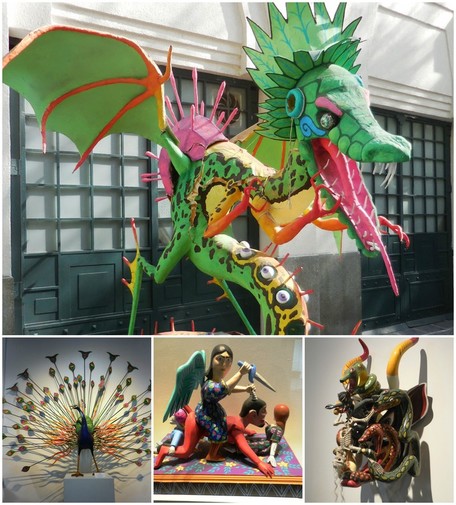 Just blocks from Alameda Central are several great museums. One of my favorites is The Popular Art Museum which promotes and preserves part of the Mexican handcrafts and folk art. The collection is housed in an Art Deco building which was a former firehouse. 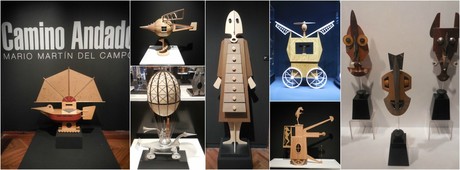 Mario Martin exhibit Mario Martin exhibit Another great museum across the street is The Franz Mayer Museum which displays and maintains one of Mexico’s largest collections of decorative arts. The museum is housed in the former San Juan de Dios monastery and hospital, a beautiful 18th-century structure. Among my favorites from the museum are the permanent collection form Catholic worship and the temporary exhibit of artist Mario Martin. 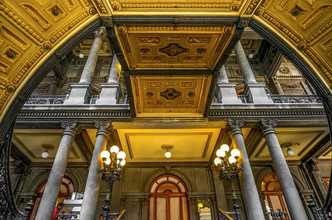 The National Museum of Art sits across the street from the main post office and is housed in the former Palace of Communications. The museum includes a large collection representing the history of Mexico from the mid-sixteenth century to the mid 20th century. There are many great pieces of art but the main attraction is the building itself. The architectural design is eclectic, mixing elements of past architectural styles. The interiors impressive staircase and decorative elements along with the imposing courtyard are worth a visit. 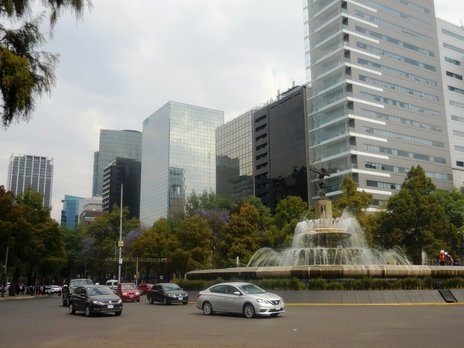 After several days of exploring the city’s historical center we ventured out to the neighboring communities of La Condesa and Roma. Both linked by Paseo de la Reforma a main wide boulevard that runs diagonally across the heart of the city. It was designed and modeled after the great boulevards of Europe. Situated on and along Reforma are Mexico's gleaming glass towers and monuments to people and events in Mexico's history. 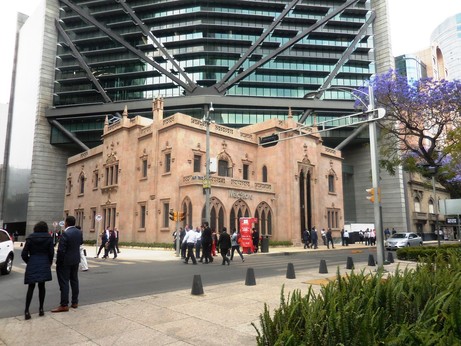 Encasing this beautiful Gothic building into the modern glass tower creates an importance by the juxtaposition. Encasing this beautiful Gothic building into the modern glass tower creates an importance by the juxtaposition. The Boulevard contains beautiful architectural and sculptural interests, situated within the avenues lush gardens as well as on the buildings themselves. An initiative dubbed "Via Verde" or Green Way incorporates existing structures and more than 700 columns on the freeways around Mexico City to house the installation and maintenance of vertical gardens. This is in an attempt to cut air and noise pollution as well as reduce temperatures. At the top of Paseo de la Reforma is Chapultepec Park, the largest city park in Latin America with roughly 1700 acres. A week’s worth of exploring itself, it contains nine museums, amusement parks, commemorative sculptures, lakes and fountains. Unfortunately I only had enough time to explore the Museo de Arte Moderno. 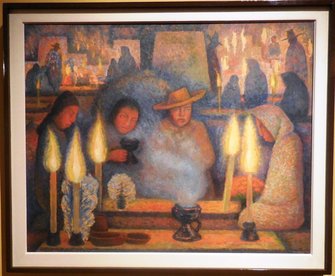 The Day of the Dead, 1944. Diego Rivera The Day of the Dead, 1944. Diego Rivera The Museo de Arte Moderno hosts a permanent collection of art from prominent Mexican artist such as Frida Kahlo,Diego Rivera and Alfonso Pena. The museum also maintains a sculpture garden along with a small café. 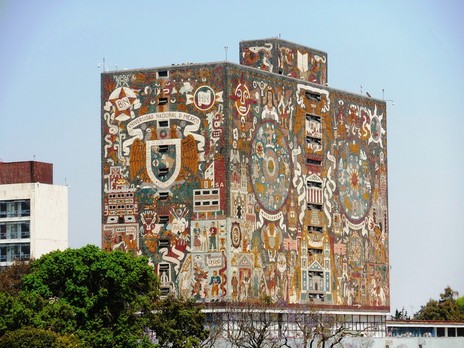 A must visit while in Mexico City is the awe inspiring architecture of Teotihuacan a UNESCO World Heritage Site which dates back to the 13th century. Just an hour outside of the city, it has two main pyramids and several alters. We also stopped to view another prominent structure, the Central Library of National Autonomous University of Mexico. The library is clad in a mural made from thousands of colored tiles from all over Mexico. The mural represents the ancient past of Mexican Culture. After only a few days, I can certainly understand why Mexico City is having its moment with entire areas of creativity flourishing. Various prestigious travel publications have named Mexico’s capital their No.1 destination to visit. Although I didn’t get to explore everything on my list I look forward to returning to its expanding design scene, electric energy and beautiful chaos. With Mexico City’s vibrant colors and attention to details there will always be something to discover.
7 Comments
7/30/2021 08:42:00 pm
Great article! Thank you for sharing this informative post, and looking forward to the latest one.
Reply
8/26/2021 07:49:39 am
This is a very informative—edifying article to all. Thanks a lot! Continue to post!
Reply
11/14/2021 09:38:18 pm
Your post is essential today. Thanks for sharing, by the way.
Reply
9/21/2022 02:28:30 am
Great article! Thank you for sharing this informative post, and looking forward to the latest one.
Reply
Leave a Reply. |
Destination Design
|

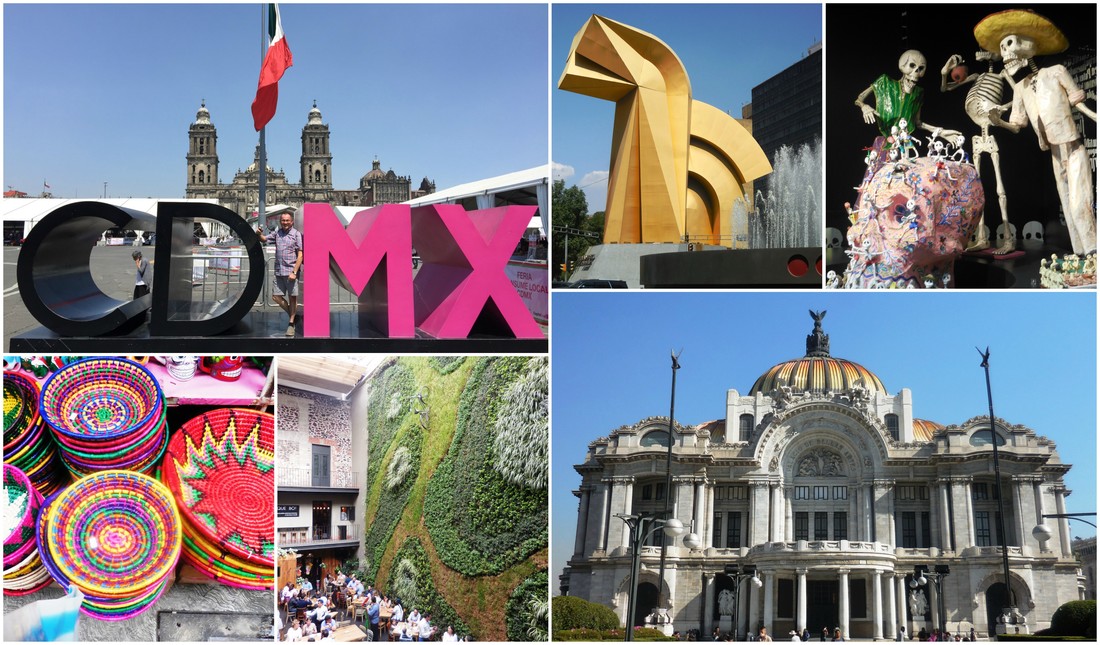
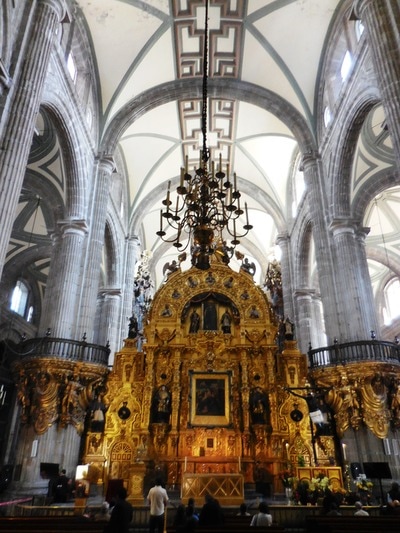
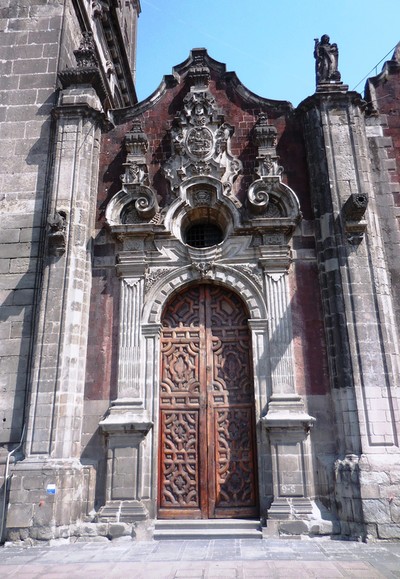
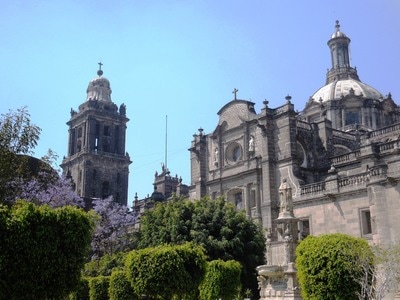
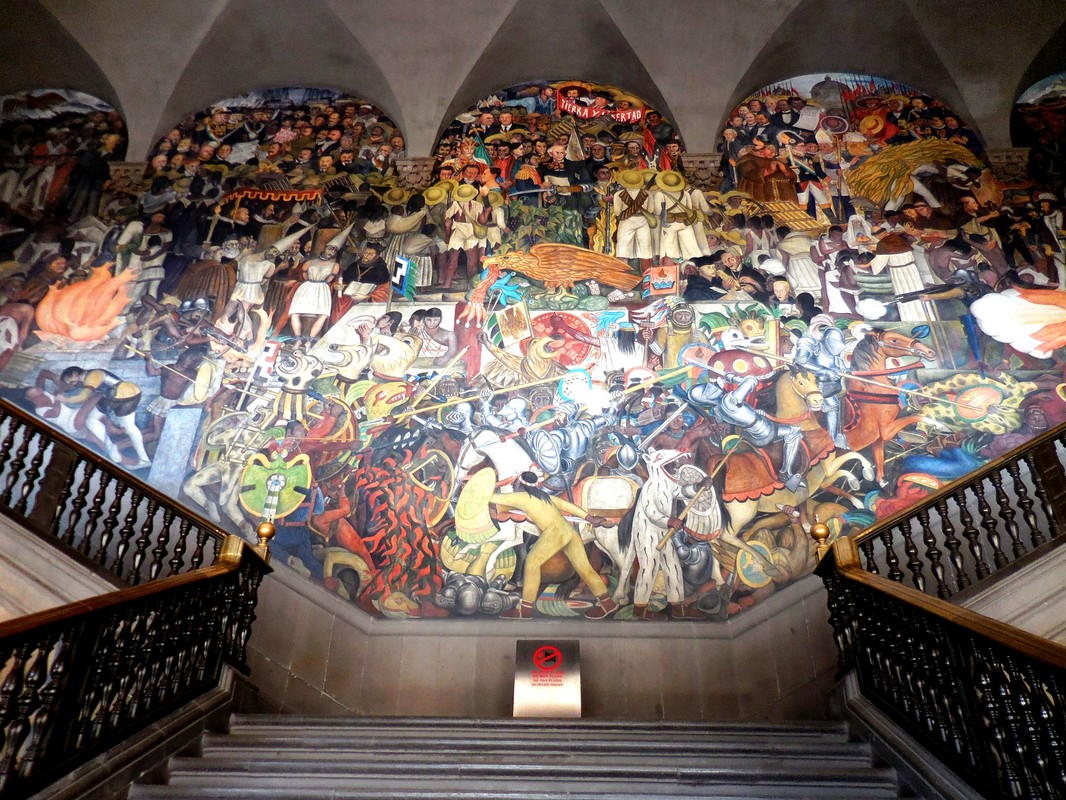
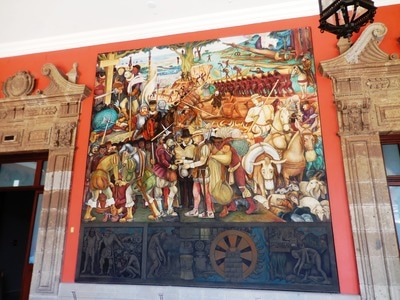
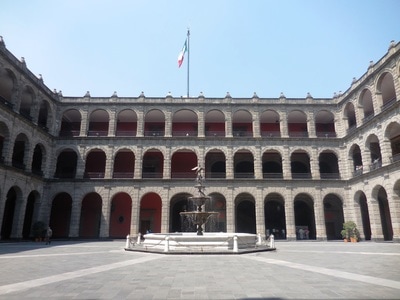
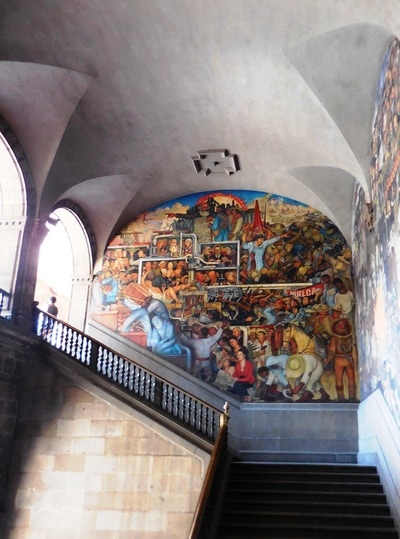
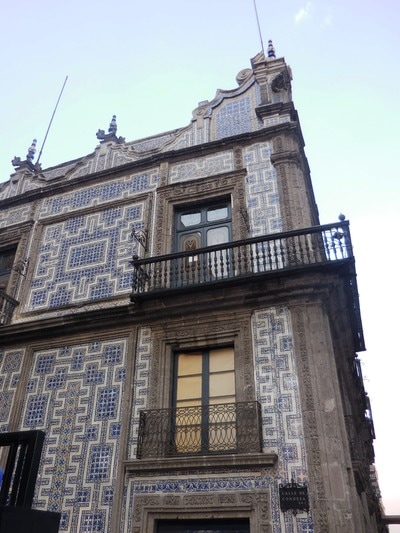
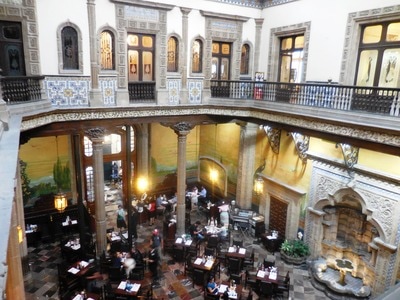
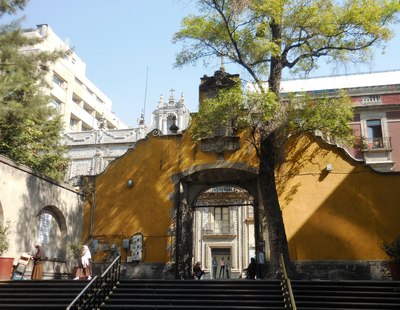
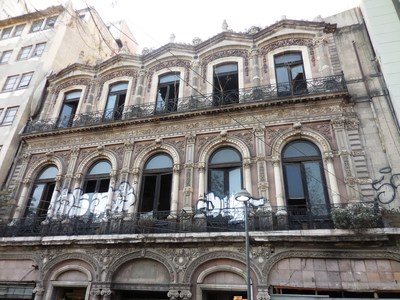
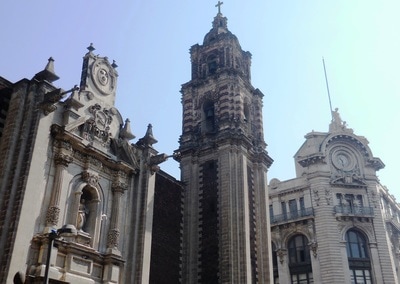
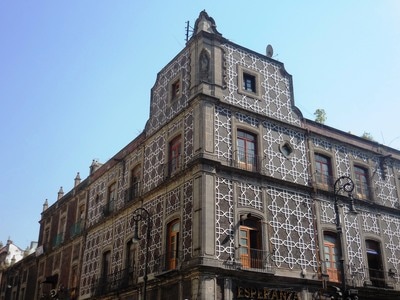
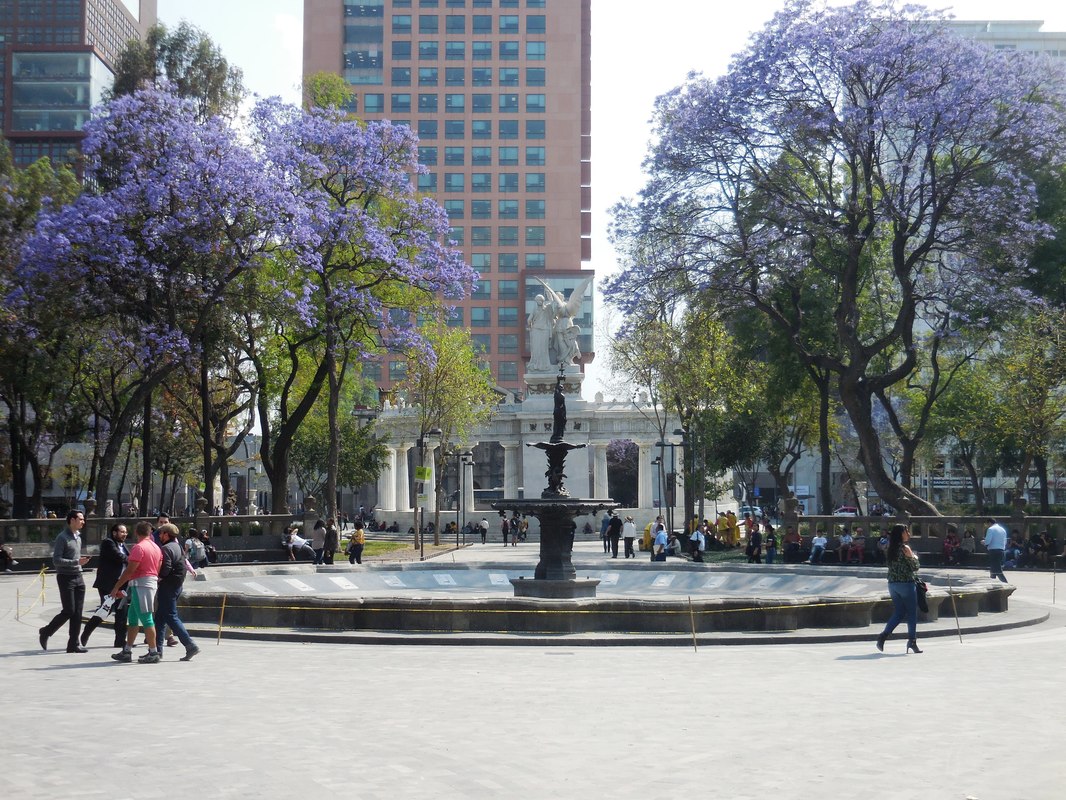
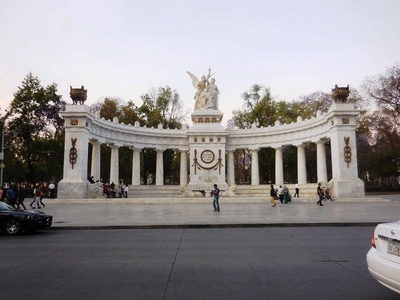
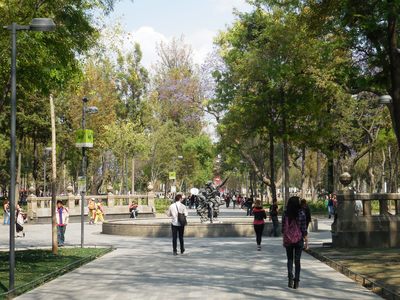
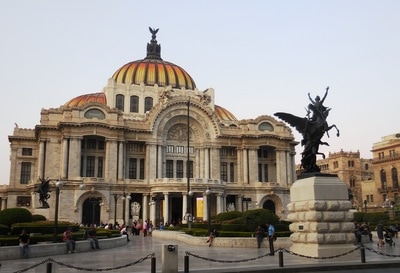
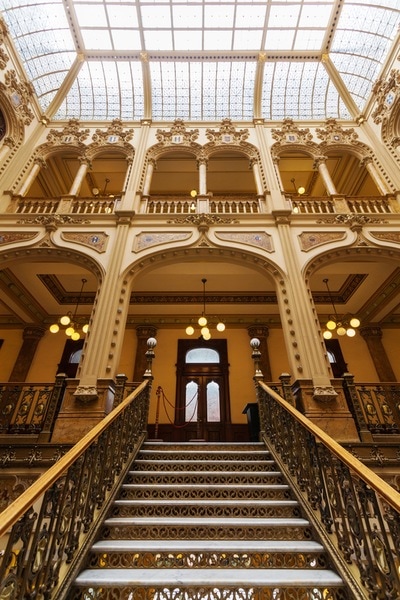
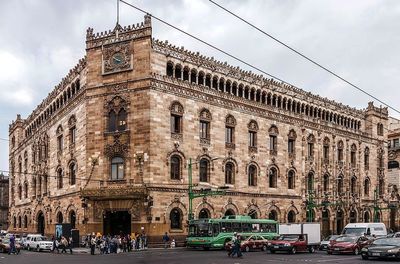
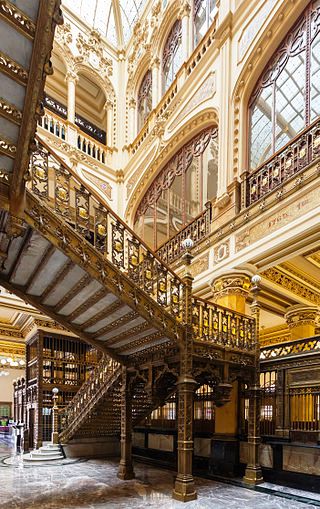
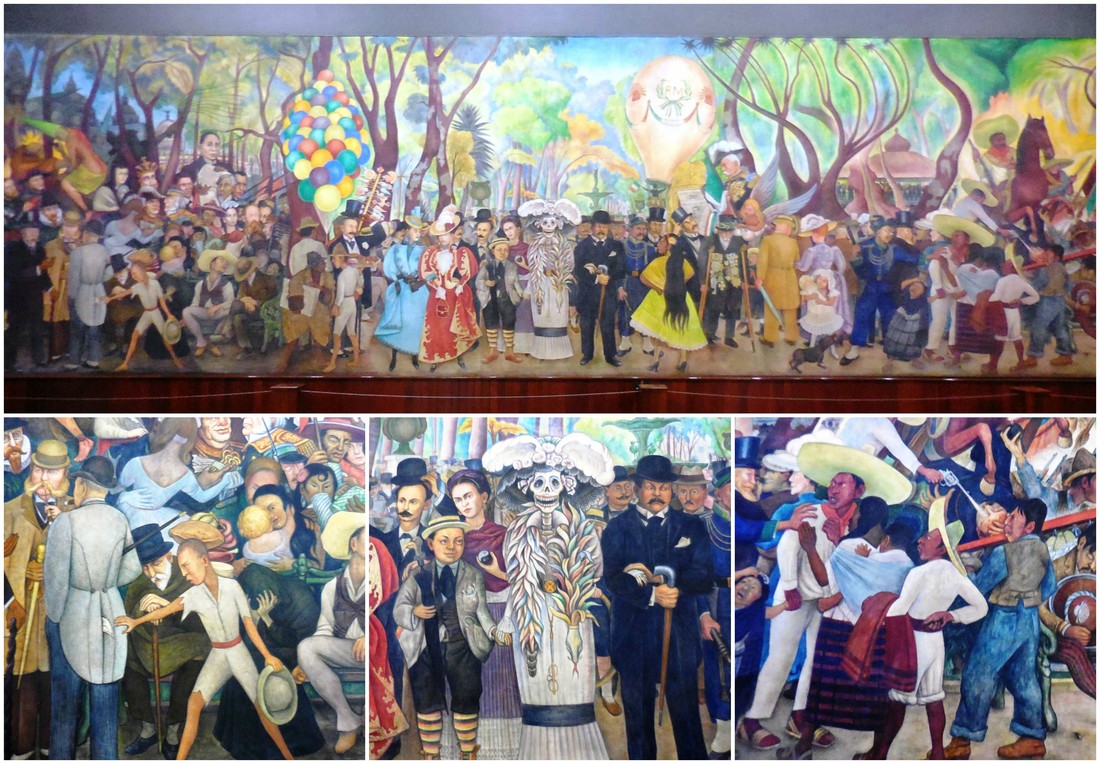
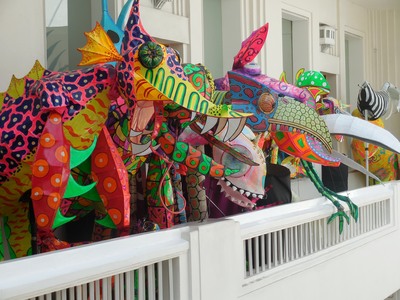
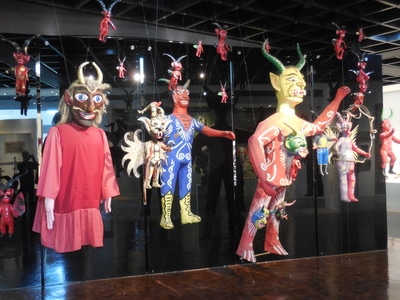
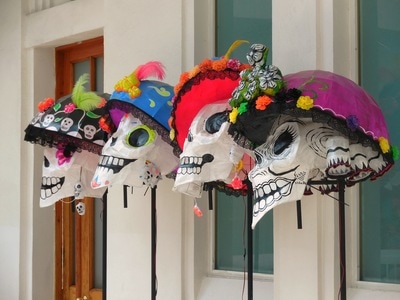
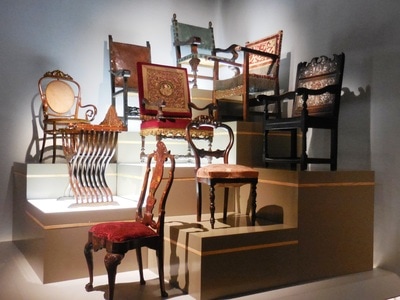
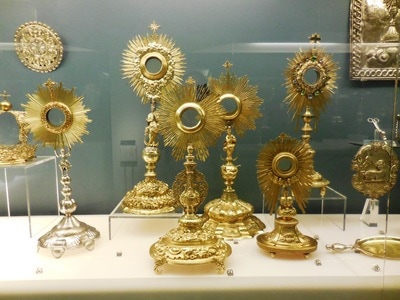
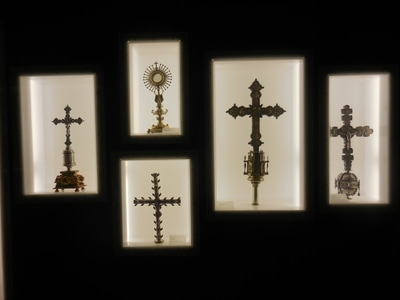
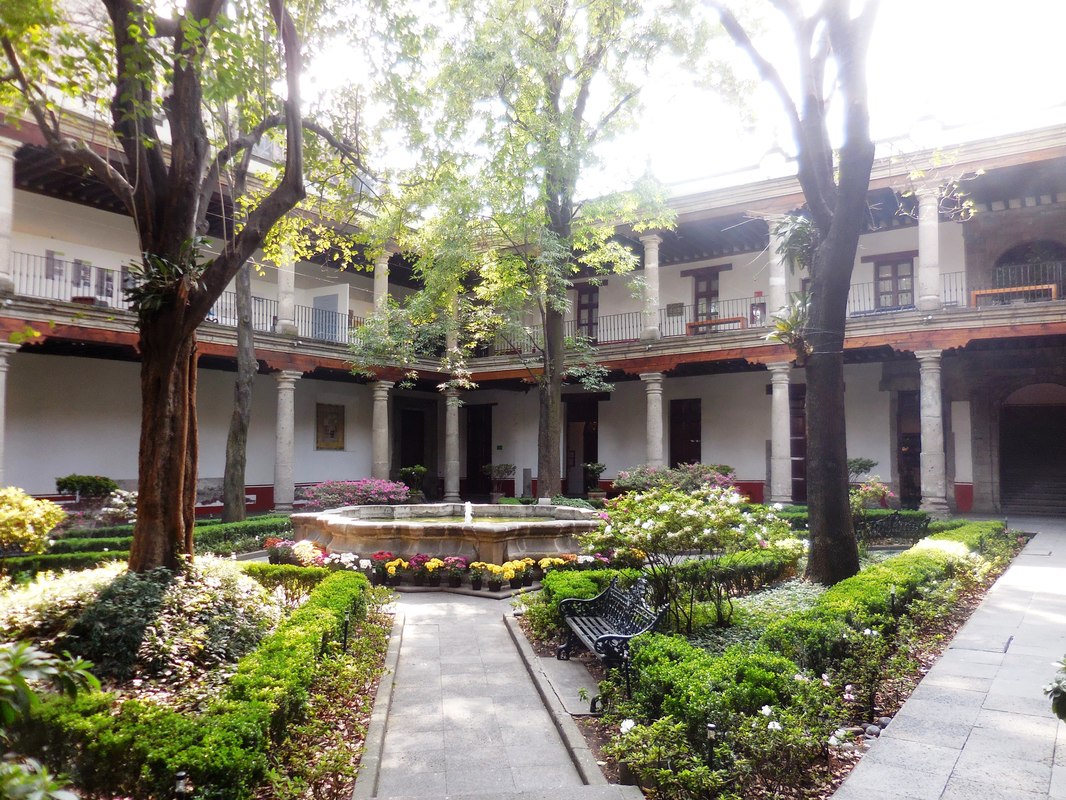
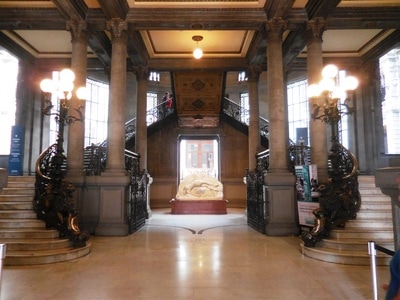
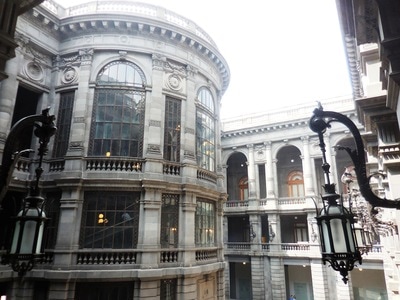
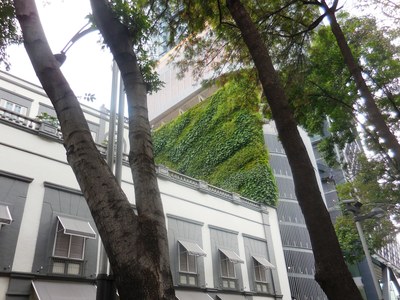
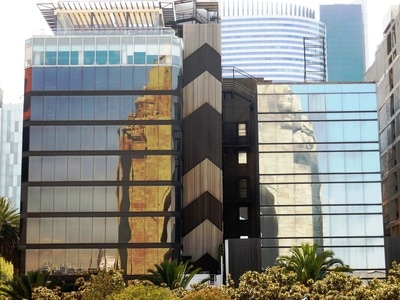

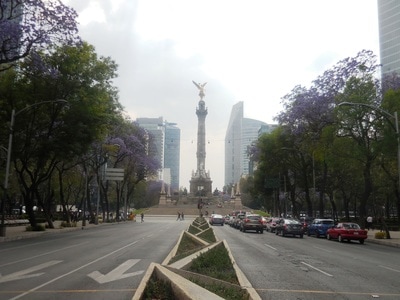
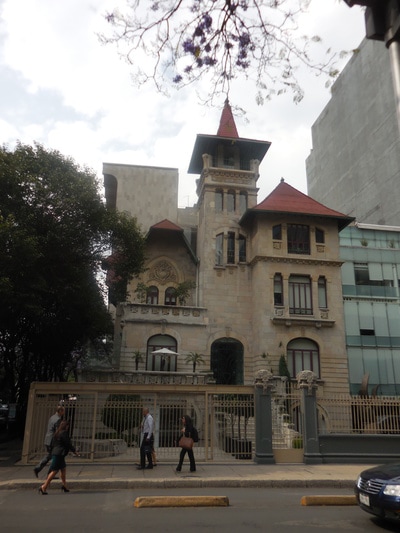
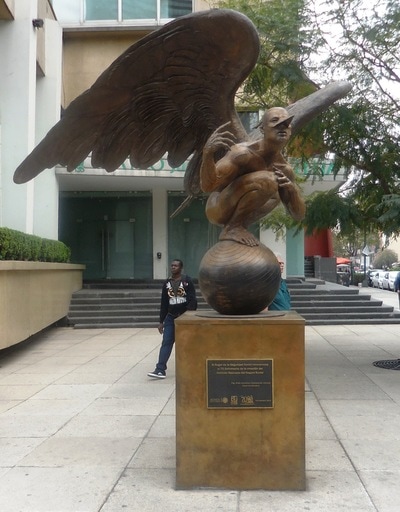
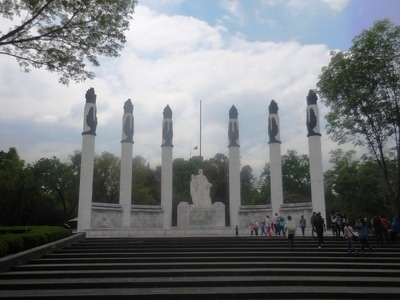
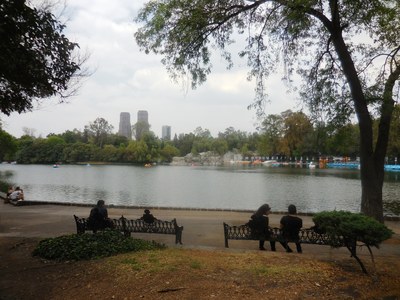
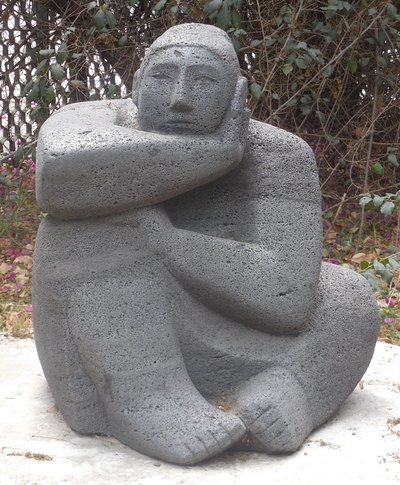
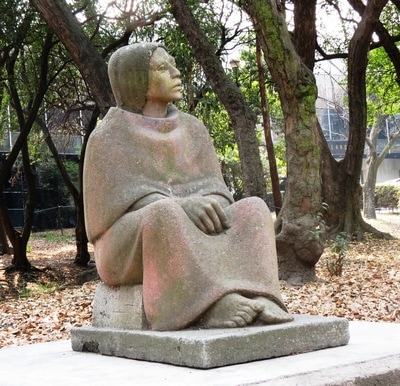
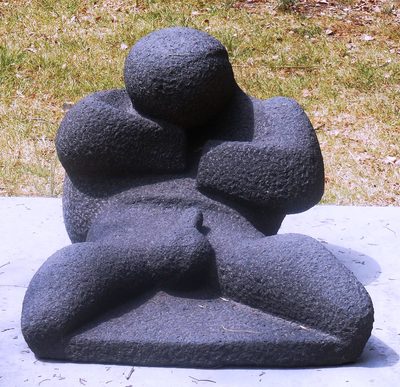
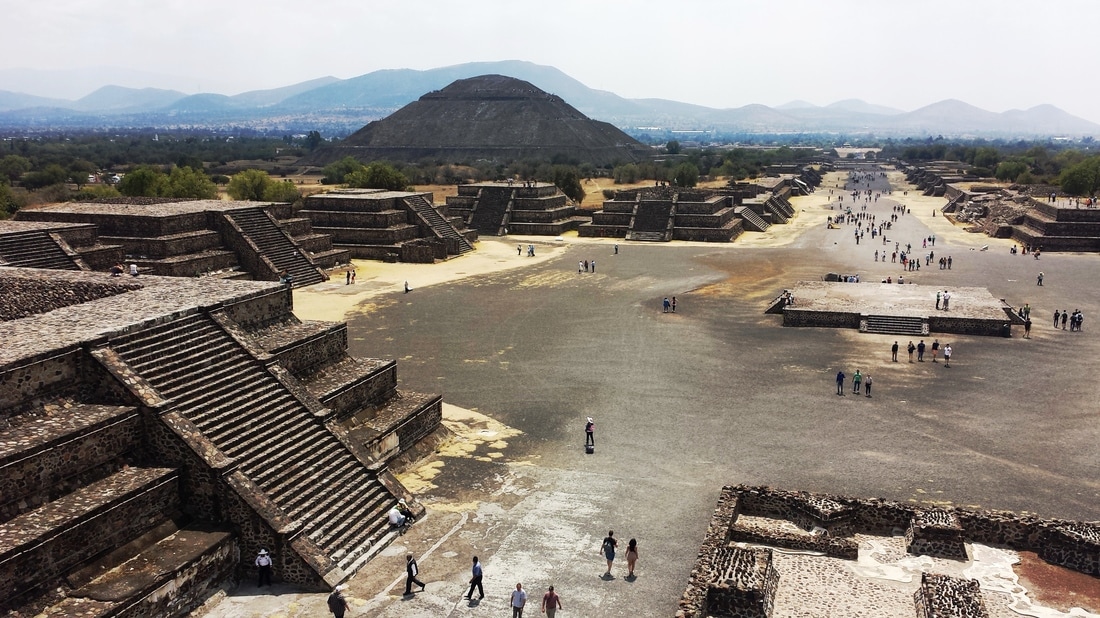
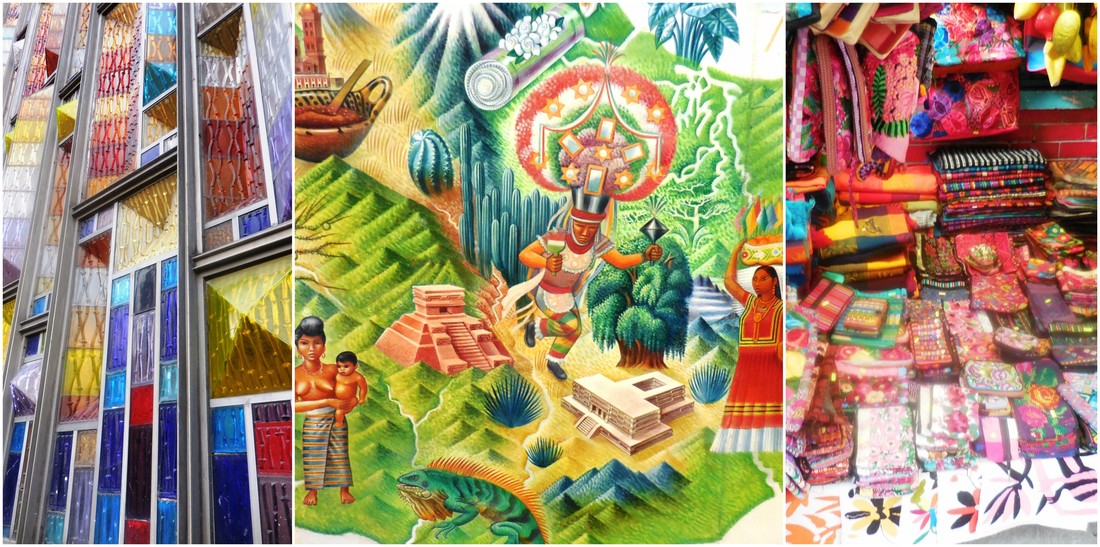
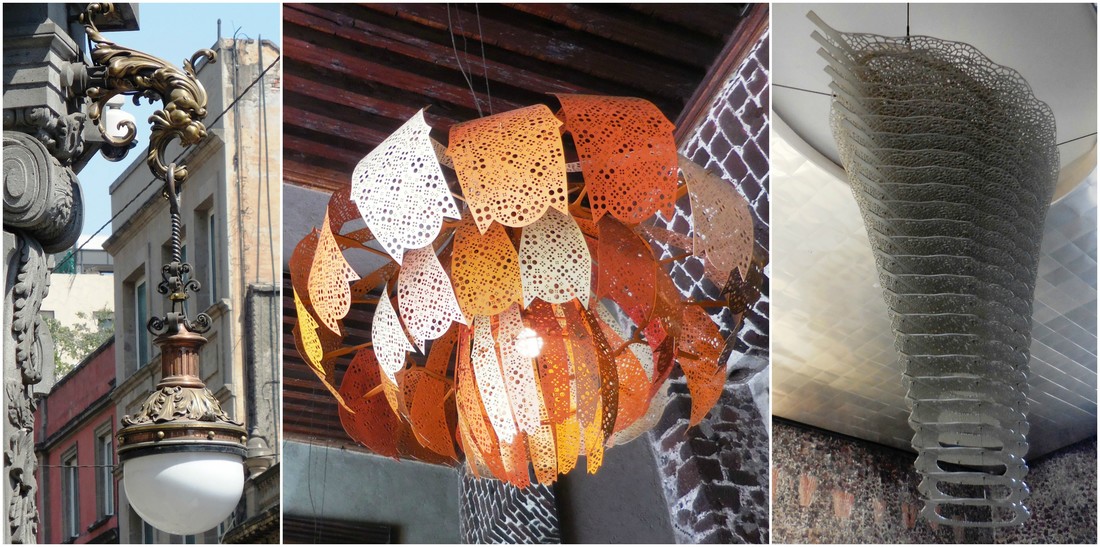
 RSS Feed
RSS Feed
